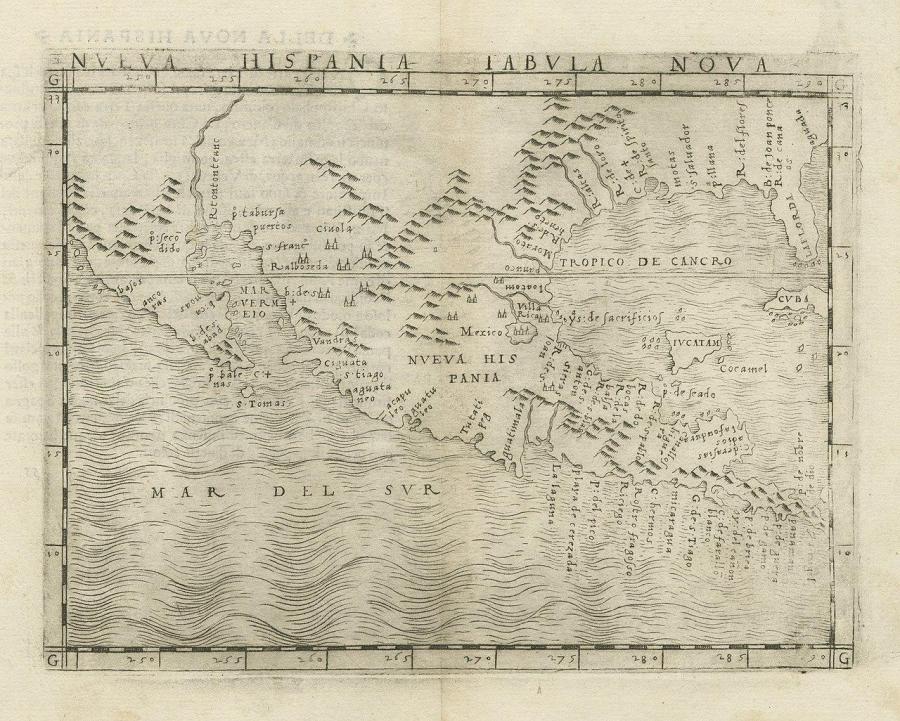The Hawaiian Sovereignty movement emerged as the political manifestation of the Hawaiian Renaissance of the late 1970s. While the movement developed a political basis, it was the socio-economic conditions of Native Hawaiians that formed its catalyst. The articles in this issue of the Cultural Survival Quarterly focus on these social and economic conditions. The economic basis of the movement partially answers the question "Why sovereignty?", while the political basis of the movement, and the circumstances surrounding the overthrow of the Hawaiian monarchy, give us a clue as to how it will be obtained. Conflict over which model of sovereignty should be pursued has been prevalent for many years. But with the implementation of a state-funded sovereignty plebicite, conflict over the process itself has become increasingly heated. There is also conflict over whether to seek the aid of the state and federal governments, or appeal to the UN, the answer to which is inherent in the type of sovereignty pursued.
A constitutional convention, boycotted by Ka L...hui, a group whose views are presented here, has reached a standstill as of this publication. The organization responsible for administering the elections and convention, Ha Hawai'i, has representatives from many groups including independence advocates Dennis "Bumpy" Kanahele of Nation of Hawai'i, and Poka Laenui, who will be heard from in upcoming issues of the CSQ. Some estimate that there are as many as 40 groups involved in the sovereignty issue. These groups include law firms such as Native Hawaiian Legal Corporation, civic and mass-based groups such as Ka L...hui, and even a group, Ka Pakaukau, whose purpose is to unite the other groups. The goals of these groups can be divided into three broad categories: Nation-Within-a-Nation (the Native American model), State-Within-a-State (an entity within the state of Hawai'i), and Independence, with a small minority advocating the restoration of the monarchy. The issue is complicated by a US Supreme Court case, Rice v. Cayetano, currently being deliberated, that would determine the constitutionality of Hawaiian-only elections. These elections are administered by the Office of Hawaiian Affairs (OHA), which currently receives payment for lands held in trust by the state of Hawai'i. There is general dissatisfaction with OHA's disbursement of benefits particularly to "part-Hawaiians" (those with less than 50% Hawaiian ancestry) who make up approximately 70% of the 200,000 Hawaiians in Hawai'i. A minimal sovereignty model would replace or reform OHA, and an ambitious model would subsume OHA's role, as well as some of those of the state and federal governments. This issue of CSQ presents one, albeit significant, perspective on Hawaiian Sovereignty.
Article copyright Cultural Survival, Inc.



